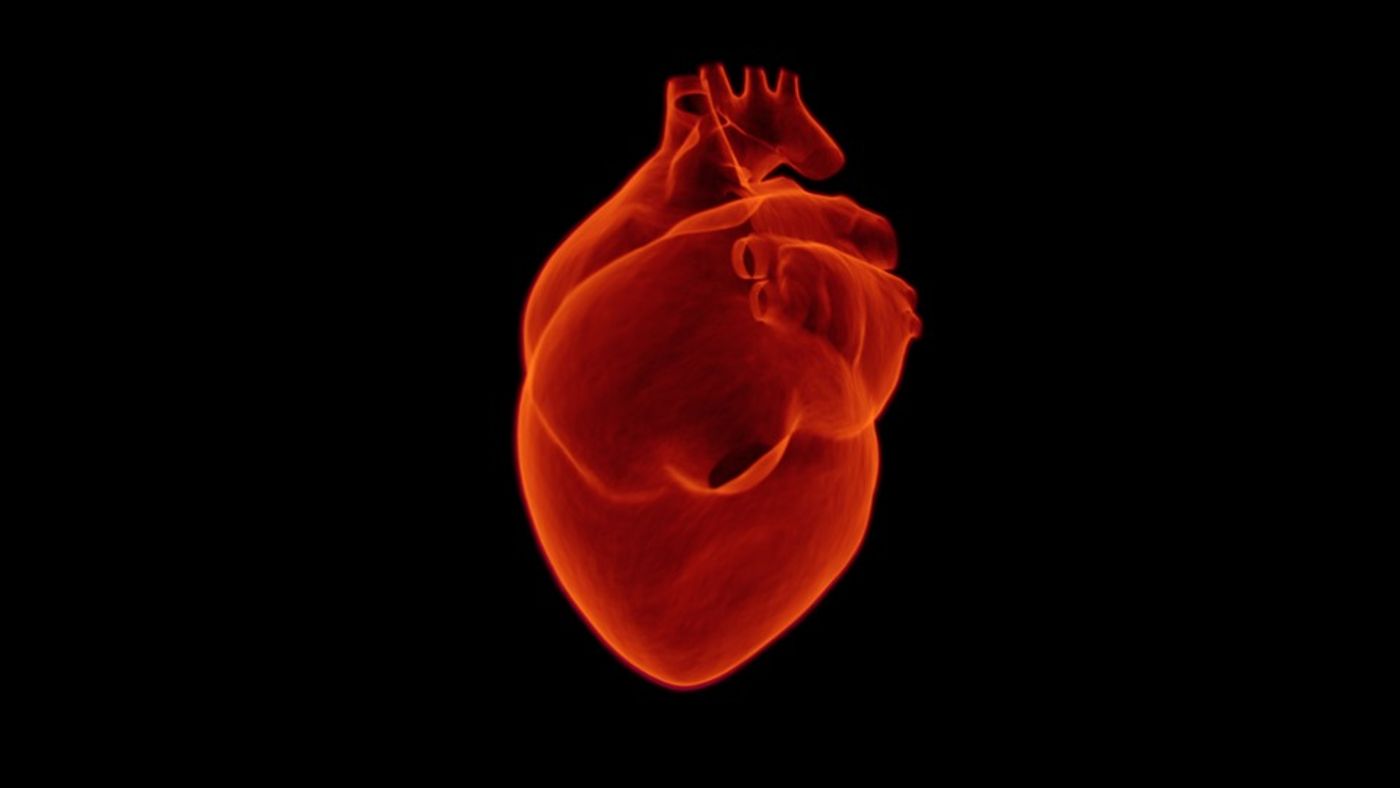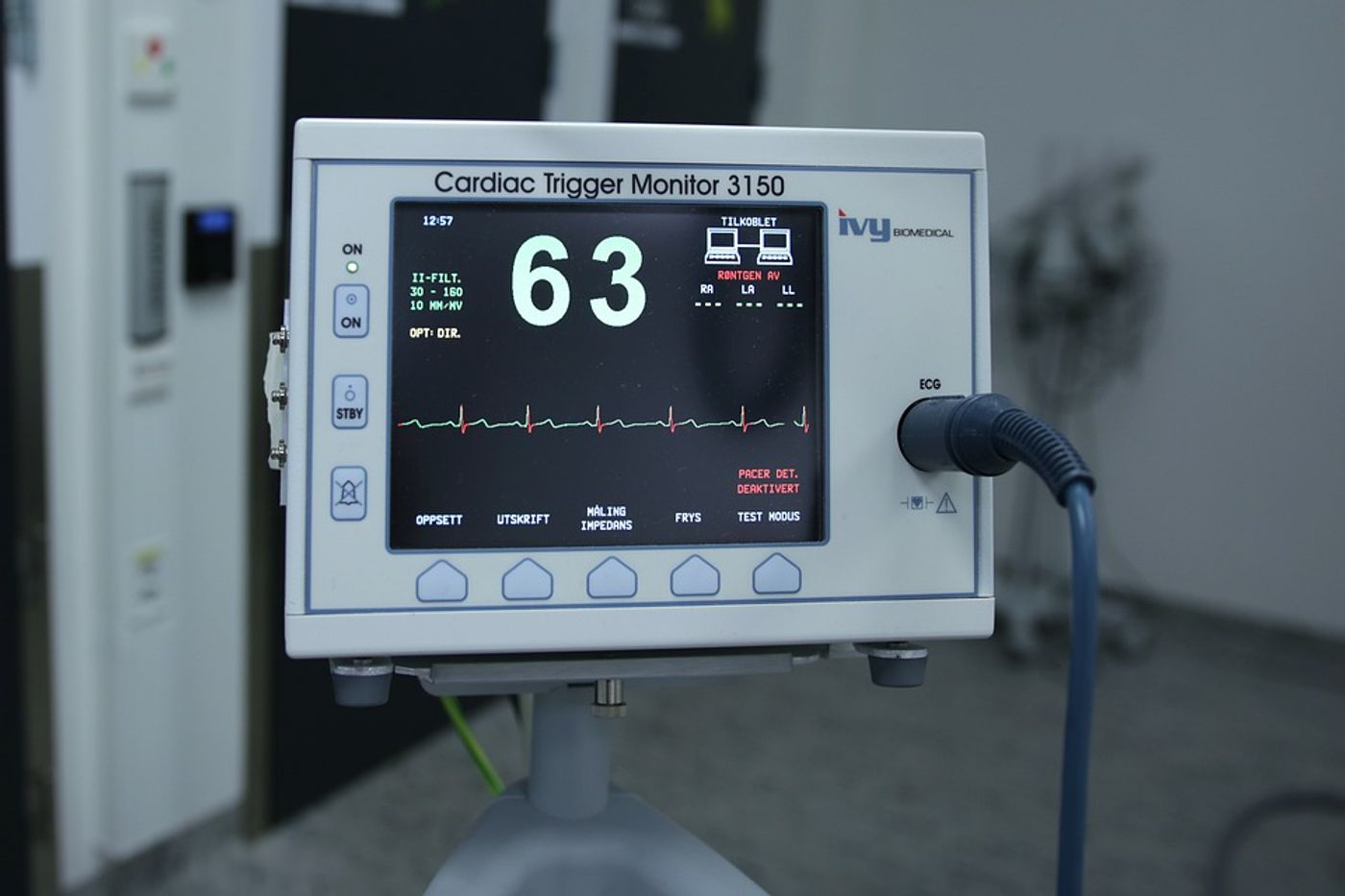Woman Nearly Twice As Likely To Die After Surgery
An aortic dissection is a tear in the large artery that supplies oxygenated blood to the body. This happens most often in older patients in their 60’s and 70’s. When this occurs, many people describe an awful tearing pain, although symptoms may be more subtle.
An aortic arch surgery is often conducted under emergency conditions after an aortic tear. Although sometimes done electively, as a preventive measure, most patients present to an emergency room with symptoms that initially seem like a heart attack or stroke.
In a study published in this month's sex-themed issue of Circulation, researchers sought to examine outcomes after this major surgery and how they differ between men and women.
“We controlled for patient’s age, weight, preoperative health, comorbidities, and we took all of that into consideration, going into an aortic arch surgery, you’re slightly less than twice as likely to die if you are a woman,” said Dr. Jennifer Chung, of the shocking results. Dr. Chung is a cardiac surgeon and scientist at the Peter Munk Cardiac Center in Canada and the lead author on the paper.
In their research, scientists examined three types of outcome after surgery. The three outcomes were early death, stroke, and a composite of complications. In all three categories, women were more likely to suffer death, stroke or complications following an aortic arch surgery. Specifically, women are 80% more likely to die, 90% more likely to have a stroke, and 40% more likely to experience complications.
Data for the study was taken from nearly 1,700 patients who have undergone aortic arch surgery across a total of 10 institutions throughout Canada.
These findings are consistent with other recent studies on sex-based differences in cardiology. Researchers are beginning to understand that women present with very different symptoms that are often considered atypical. This leads to misdiagnoses because women are presenting with symptoms such as nausea and not the huge, painful shearing event more commonly seen in men.
Common symptoms in men include sudden, severe pain in the chest or upper back; pain that radiates to the neck or head or loss of consciousness. While some woman also experience such sudden tearing sensations, quite often they do not.
The paper helps to highlight a massive problem within cardiology. There should not be such a wide chasm in the outcomes between men and women. Not only do we need to educate our medical professionals about which symptoms women may present with, but we also need to recognize that surgery for men and women cannot be the same.
The future of cardiology is going to be a more personalized approach that acknowledges the differences between populations to help identify the proper diagnosis and guide subsequent medical action.
One of the ways this is happening today in cardiology is through computational modeling. Medical Staff, using this technology, create a scan of an individual's heart to help providers understand the unique anatomy of each patient. The above video from John Hopkins Medicine explains how this is now being done to help understand arrhythmias.
Dr. Chung has stressed the importance of further research to help the medical community understand the differences between men and women so that we may create a better system for treating everyone.
Sources: University Health Network












